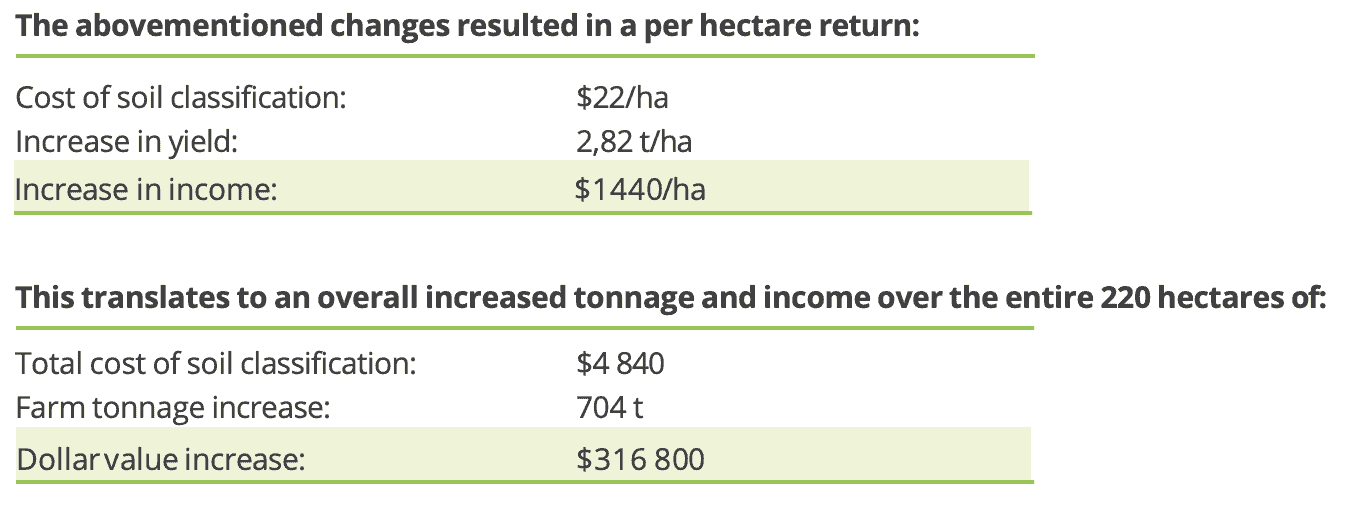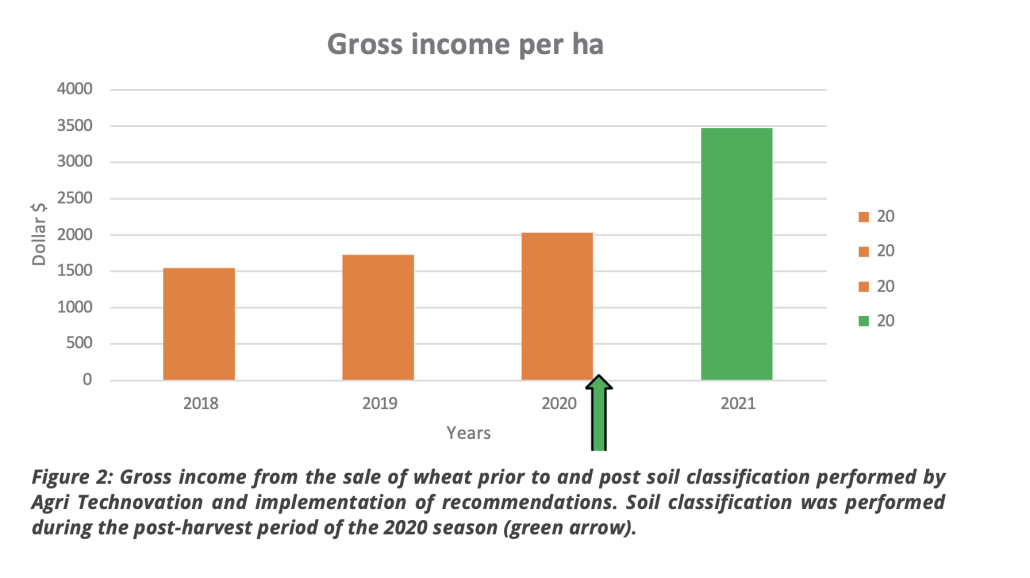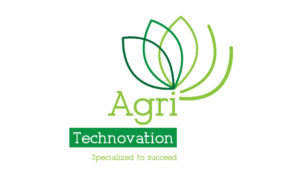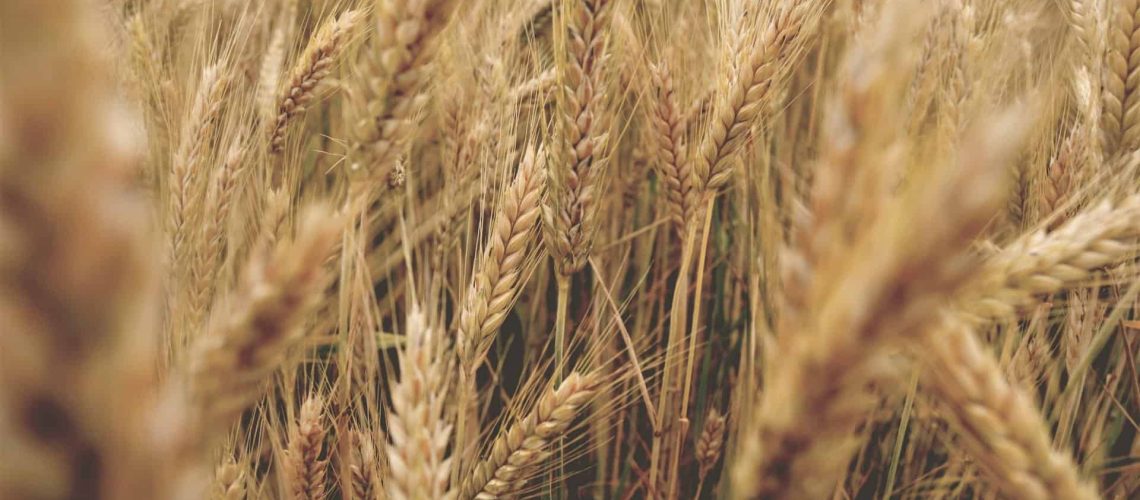Written by :
Marnus Ferreira, Head of Soil Science
Chad Todd, Soil Scientist
Yield variation within a field
Wheat yield can vary considerably within a field. Assuming a field has a similar aspect and slope across its entirety, it would be exposed to the same amount of sunlight and precipitation and receive the same seeding and fertiliser across its surface area. Beneath the surface, however, there are differences within the soil’s physical characteristics such as soil type, potential rooting depth, drainage, water holding capacity, etc. The existence of these differences is the most common reason why yield variation may exist within a field
Determine the physical impediments in the soil
Some of the above mentioned characteristics can be improved or ameliorated, while others cannot. To determine which it is, it is necessary to perform an in-depth soil classification and to receive recommendations based on scientific knowledge and experience. If the soil classification reveals a physical impediment which can not be improved, the soil has an intrinsic upper limit to its production potential.
This impediment could be managed by applying variable rate top dressing, for example. However, even if precipitation is optimal in this area, the impediment will always be limiting in terms of yield and production.
On the other hand, some areas may be found to have physical properties that can be improved through practices/interventions such as cultivation, drainage, soil amendments, etc. As costly as some of these practices may be, a simple return on investment (ROI) calculation can be done to weigh up the cost of implementation versus the improvement in yield. Often, it takes only one season to pay back the costs, with change, for the implementation of a strategy that has a multi-year ROI.
Soil classification presents the solution
A case study was done to highlight the poten- tial impact of interventions that were based on insights gained from doing a soil classification with Agri Technovation.
The study
The study was conducted in the Southern African region and involved a 220-hectare area of pivots primarily used for wheat production and the performance of the soil classification service offered by Agri Technovation. During the 2020 season, the service was rendered post-harvest. Results were obtained and recommendations provided, which were implementted pre-plant of the 2021 season. Cost of production was similar
Results
After the implementation of these recommendations, total production increased by 57% (Table 1).
The results are indicated in Figure 1 (yield in- crease) and Figure 2 (increase in gross income). Figure 3 shows one of the selected fields after the implementation of the recommendations. All results are provided in US dollars.

The ROI calculation would normally assume at least a 10-year investment period for soil classification, as it typically applies for the next 50 years. In this instance, however, to highlight the benefit to the producer, the investment period will only 1 year.

Recommendations made
Examples of the soil classification recommendations provided include:
Four soil zones (see below), with major physical differences – such as soil type, texture, depth, limiting layers, etc.
- Variable cultivation depths: dependent on the depth of compaction and limiting layers.
- Various irrigation periods: based on soil texture, plant available water capacity, soil depth, drainage potential, etc.
- Installation of artificial drainage in specific areas: depth of that drainage proved vital, as some areas required very deep drainage, others only at 700 mm – soil dependent.
Soil zones
Zone 1
- Deep well-drained soils with 20-25%
- Deep rip at 500 mm to break up compactionlayer and improve water infiltration.
- Long irrigation periods with moderate time in-between
Zone 2
- Deep, well-drained soils with 5-10% clay content.
- Deep rip at 500 mm to break up compaction layer and improve water infiltration.
- Short, regular irrigation
Zone 3
- Medium deep soils with a well-drained A- and B-horizon but a poorly drained C-horizon.
- Cross-rip 800 mm at a 40° angle downslope to increase drainage.
- Artificial drainage installed at 700 mm
- Medium irrigation periods with moderate time in-between cycles.
Zone 4
- Shallow rocky soils with sandy texture (low plant available water capacity).
- A 400 mm cross-rip to break up weathered rock layer.
- The zone has a low water holding capacity, which means overirrigation is easily achieved once field capacity is reached.
- Short, regular irrigation

Soil classification and rain-fed production
It is important to note that rain-fed production areas are similarly improved by following these recommendations. The fact is that soil can only hold a certain amount of moisture, which has a direct impact on crop yield. Whether precipitation is low, average or high, yield will still be influenced by the physical properties of the soil. The reason for implementing these recommendations is to get the absolute maximum out of the soil.
A focus point in rain-fed scenarios should be to maximise soil moisture storage/capacity, which means reducing run-off, lowering bulk density, increasing soil depth, porosity, oxygen exchange and active soil carbon.
This can be achieved by performing a soil classification with Agri Technovation to understand where the opportunities are and what actions need to be taken to improve the soil’s yield potential.





